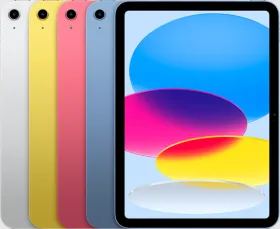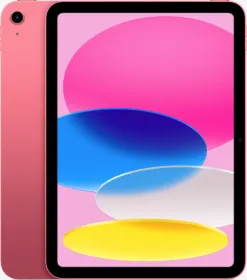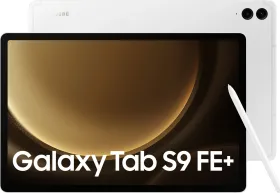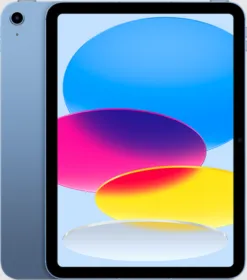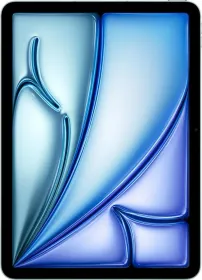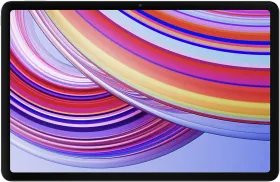TL; DR
- Apple has been using Qualcomm’s 5G modems on its iPhones since iPhone 12, as they continue to provide the best performance.
- In 2025, Apple released its first in-house, C1, functional, and exceptionally efficient 5G modem that powers the new iPhone 16e.
- The C1 subsystem consists of a baseband modem that uses TSMC’s 4nm fabrication technology.
- After the C1’s launch, Qualcomm has informed its investors about the anticipated drop in demand from Apple.
- The rumored iPhone 17 Air is said to utilize the C1 modem, but the regular iPhone 17 and the iPhone 17 Pro models might stick to Qualcomm’s modems, at least in 2025.
Back in the day, Apple relied on Intel to supply the 3G and 4G modems for iPhones. The California giants worked together to provide cellular connectivity on the iPhones. However, Intel couldn’t keep up with the shift in the telecom industry (from 4G to 5G).
This is why Apple transitioned to Qualcomm’s 5G modem (similar to how the company stopped using Intel’s chipsets on its MacBook; we’ll circle back to this briefly). The iPhone 11 was the last to feature an Intel LTE modem (in 2019), after which the company signed a deal with Qualcomm and began using their modem on the iPhone 12 (in 2020).
For those catching up, the iPhone 12 came with the Snapdragon X55 5G modem, making it the first iPhone to provide 5G connectivity.
Apple Pays A Premium For Qualcomm’s Class-Leading 5G Technology

Ever since, Apple has been using Qualcomm’s 5G modems on its iPhones, as they continue to provide the best performance and, therefore, abide by the high standards the company has set for its products (enabling it to charge a premium for them).
But does anyone remember what Apple with the PC processors it used on the Macs? It developed the M-series chips to get better control of the hardware optimization and efficiency and ultimately reduce its reliance on Intel.
In its current situation, Apple is way too dependent on Qualcomm to provide its industry-leading 5G modem. This also puts Qualcomm in a position of control, as it can charge a premium for its technology, and Apple, having no other option, has to fulfill it.
Also Read: Oppo Find N5 Debuts Globally As World’s Sleekest Foldable Smartphone
Remember How Apple Bought Intel’s Modem Division In 2019?

Even though Apple stopped using Intel’s modems in the iPhones, it purchased the smartphone model business for $1 billion with an aspiration to develop its own cell modems. However, soon after the acquisition, Apple realized Intel’s challenges in developing a 5G modem.
Initially, the company partnered with Qualcomm to use its modem semiconductors until 2023, but due to the challenges it faced in developing a functional in-house, Apple extended that contract (in 2023) up till 2026.
Also Read: Another iPhone Parts Maker Considers India Expansion
What is Apple C1, And Why Does Apple Need It Desperately?

Fast forward to 2025, C1 is Apple’s first in-house, functional, and exceptionally efficient 5G modem that powers the new iPhone 16e (it has been in the making for six years). This makes the California-based tech giant one of the few smartphone manufacturers that have successfully developed a modem, after Samsung and Huawei.
In the official press release, Apple mentions, “C1 is the first modem designed by Apple and the most power-efficient modem ever on an iPhone, delivering fast and reliable 5G cellular connectivity.” Regarding power efficiency, the company attributes the four-hour video playback boost on the iPhone 16e to the modem.
Apple needs the modem subsystem for multiple reasons.
- First, to improve the optimization of the hardware and software that goes into making Apple products (as it did with the M-series chips).
- Second, Apple needs an in-house modem to decrease the cost of manufacturing a device (a part of which goes to Qualcomm for using its 5G tech).
Also Read: iPhone 16e vs. Samsung Galaxy S24 FE: Which One is Better For You?
Apple C1 Subsystem’s Technical Specifications
According to a report by Reuters, the C1 subsystem consists of a baseband modem that uses TSMC’s 4nm fabrication technology, while the transceiver on the device uses 7nm technology. As to why Apple didn’t use the 3nm N3E node, that could be to keep the costs low.
- The company had to test the modem with 180 carriers in 55 countries across the world; that’s a resource and labor-intensive task.
- While the C1 subsystem supports sub-6GHz 5G technology, it doesn’t provide mmWave (a feature that the Qualcomm X71 5G modem offers in the iPhone 16 series).
- The modem’s reported maximum download speed is 4 Gbps.
Qualcomm Is Worried About Losing One Of Its Biggest Customers

After the C1’s launch, Qualcomm has informed its investors about the anticipated drop in demand from Apple. Apparently, the company is expecting to see a decline in the share of Apple modems from 100% to 20% by 2026.
However, Apple isn’t in it to compete with Qualcomm (or MediaTek, for that matter). Instead, the company wants to build something that benefits its customers (that sounds like Google saying how it didn’t make the Tensor G4 chip for benchmarks but to address the day-to-day needs of Pixel users).
As to how well the C1 modem performs in different regions, temperatures, and network stress, time will tell.
Also Read: Future Oppo And OnePlus Smartphones Could Feature An 8,000 mAh Battery
C1’s Future Iterations Could Feature On The Upcoming Apple Devices

In fact, the report also clarifies Apple’s intent with the chips, stating it forms “the basis of a modem platform” that the company will use in the future. As to which devices can benefit from the modem, the entire iPhone lineup and cellular iPad models could use the in-house 5G modem.
The iPhone 17 lineup could benefit from a successor to the C1 chip. However, as the company collects and improves upon the feedback from the iPhone 16e users, we think it might be a while before its in-house modem powers a flagship iPhone model.
The rumored iPhone 17 Air is said to utilize the C1 modem, but the regular iPhone 17 and the iPhone 17 Pro models might stick to Qualcomm’s modems, at least in 2025. Although this sounds very far-fetched, Apple could launch a cellular MacBook at some point.
Bloomberg’s Mark Gurman suggests that Apple is already working on the ‘C2’ chip, which could be featured in the iPhone 18 lineup. Further, it could be in 2027 that the company readies a modem that is equivalent to Qualcomm’s modem.
You can follow Smartprix on Twitter, Facebook, Instagram, and Google News. Visit smartprix.com for the latest tech and auto news, reviews, and guides.















